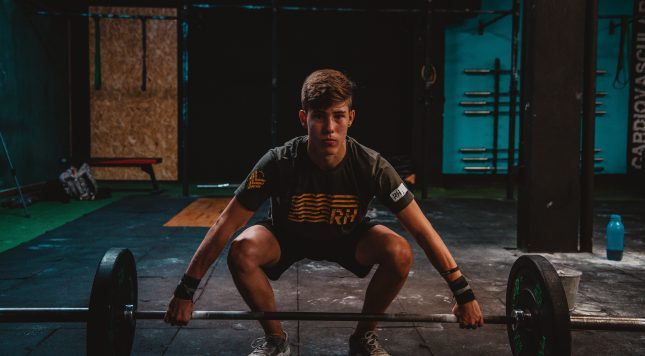According to some online gurus, there are 2 scenarios you are most likely to encounter in leg training and both of them depend on what your workout goal is. Firstly, you will need to do barbell back squats if your workout goal is to develop big legs. Secondly. it is essential that you do ATG routines (ass to grass squats) whenever you begin your squatting routine.
While there are some elements of truth to this they are in no way a rule For instance, there are several other routines that you can perform to develop more toned, stronger, and bigger legs than squatting. You are by no means compelled to perform ATG squats as long as you are squatting.
Any fitness expert knows that squatting is an essential routine to include in any effective workout program. This reason for this is the primal movements involved in squatting. However, this does not mean that you need to put a bar behind your back for your squatting routines to yield results.
In fact, you may not even need a barbell back squat routine at all unless you are a powerlifter taking part in competitions or someone with the ambition of competing in the future. Furthermore, back squats are only recommended for powerlifters.
If you do not fall under the powerlifting category you can consider choosing from variations of squat routines such as box, kettlebell, goblet, Bulgarian, front, landmine, and split squats. There are several reasons performing squats with a barbell behind your back may not be safe for some people. A few of those reasons may be related to a history of a peculiar injury, hip mobility, anatomy, ankle mobility, and femur length. Check out Steroids Evolution for amazing ways to build your legs aside squatting.
THE EFFECTS OF FEMUR LENGTH ON SQUATTING MECHANICS
To get the best result which involves optimum strength, energy, and momentum, the bar needs to remain over the center of your foot as you perform your squat routines. You will suffer enormous energy depletion if the bar is placed in front or behind the middle of your foot while you squat. This implies that you will not have enough energy to lift as much weight as you otherwise could. It also implies that you enhance your chances of falling — either backward or forward. All this enhances your injury risks.
You may ask how all this concerns femur length, well, the answer is quite simple. The length of your femur affects the position of your torso. This implies that the only way your torso will be able to keep the bar at the center of your foot during your squat routine is by pitching forward if you have a long femur. In order words, your torso will pitch more forward in proportion to your femur length. This makes high-bar back squat setup quite challenging for lifters with longer femurs. This implies that the only way they would only be able to practice barbell back squat routines is through a low-bar setup.
BOTTOM LINE
The implication of practicing barbell back squat routines with a low-bar setup is that the movement on your knee decreases while the movement on your hips increases. This implies that you will be working out your hips and glutes more than your quads. Hence, significantly reducing the effects of your squats.




















